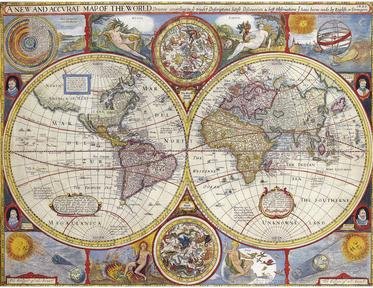Quiz Answer Key and Fun Facts
1. The Commonwealth of Australia is divided into eight internal regions but only six of them are states. Which one of the following options is *NOT* a state?
2. Canada comprises ten provinces and three territories. Which, from the following four options was the last to join the Dominion of Canada in 1905?
3. England has 48 counties. Which one of the four options is located closest to the capital, London?
4. In 1910, Great Britain consolidated four colonies in southern Africa to form the Union of South Africa. Which one of the following was a city but *NOT* a colony that became part of the new country?
5. Canada has provinces, USA and Australia have states. What is a major region called in Japan?
6. In 1990 Germany reunified. The new country contained 16 states and three city-states. Which one of the following, the major financial hub of Germany, is not a city-state?
7. New Zealand is divided into 16 regions each usually denominated by one city. Which of the four regions below is centred around Invercargill and is the only one on the South Island?
8. This European nation took an almost unprecedented step by incorporating its three external territories in the Caribbean Sea into its own kingdom. Which country is this?
9. Another type of national sub-division is the canton. Which proudly independent nation from the four below, has the canton as its major division?
10. Thirteen colonies united to form the United States of America in 1776. Which one of the following US states was not one of the original 13 colonies?
Source: Author
1nn1
This quiz was reviewed by FunTrivia editor
spanishliz before going online.
Any errors found in FunTrivia content are routinely corrected through our feedback system.
